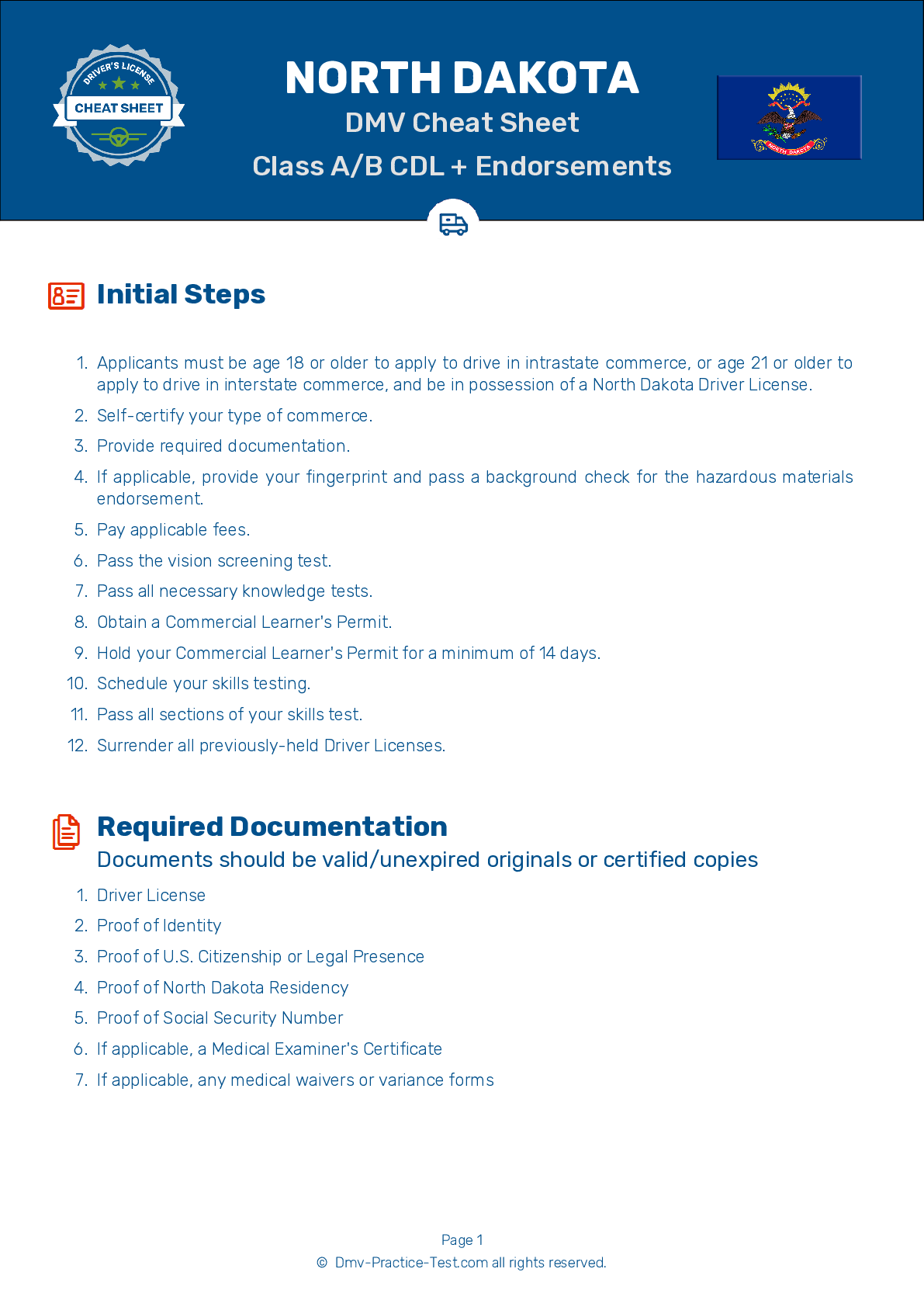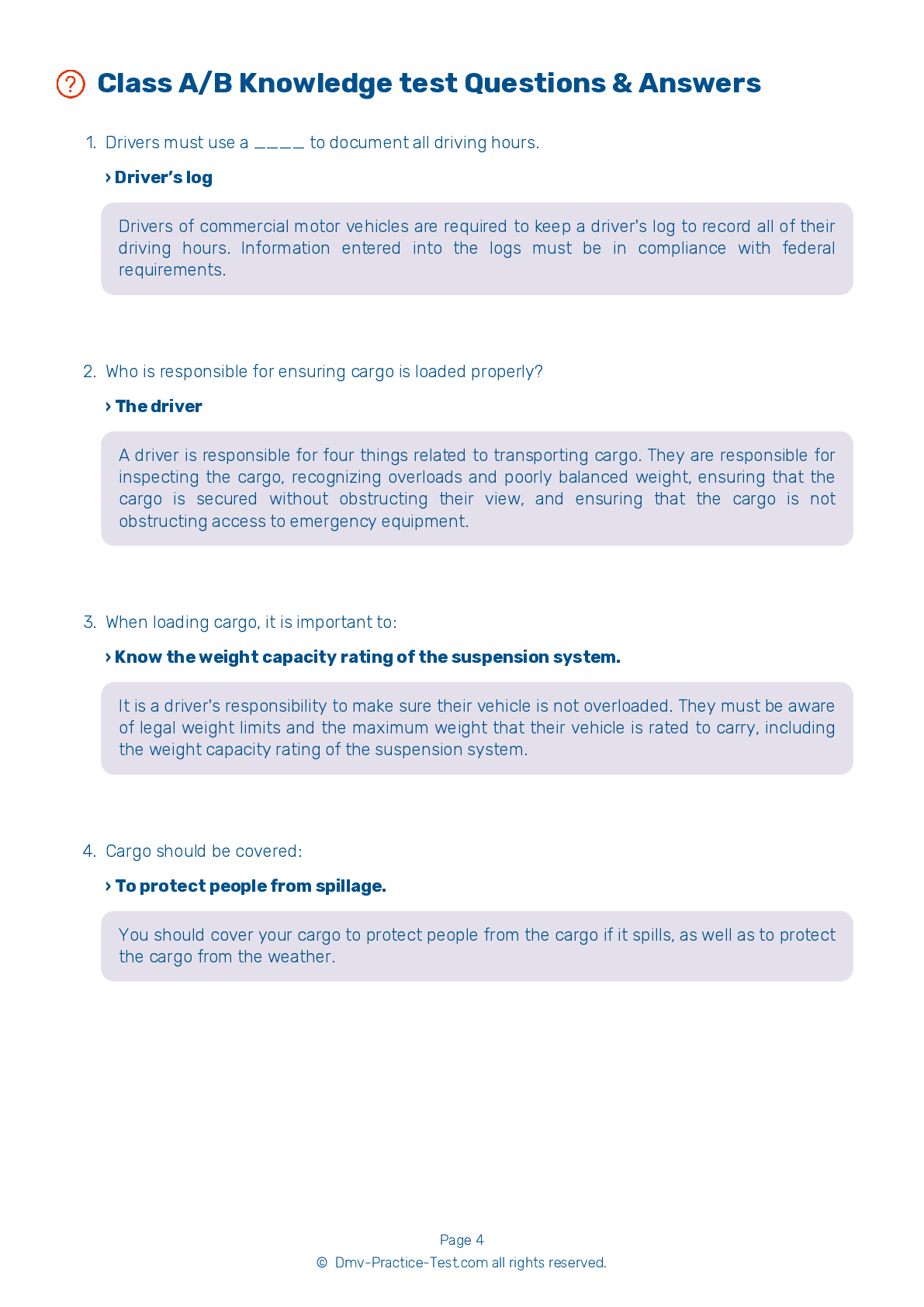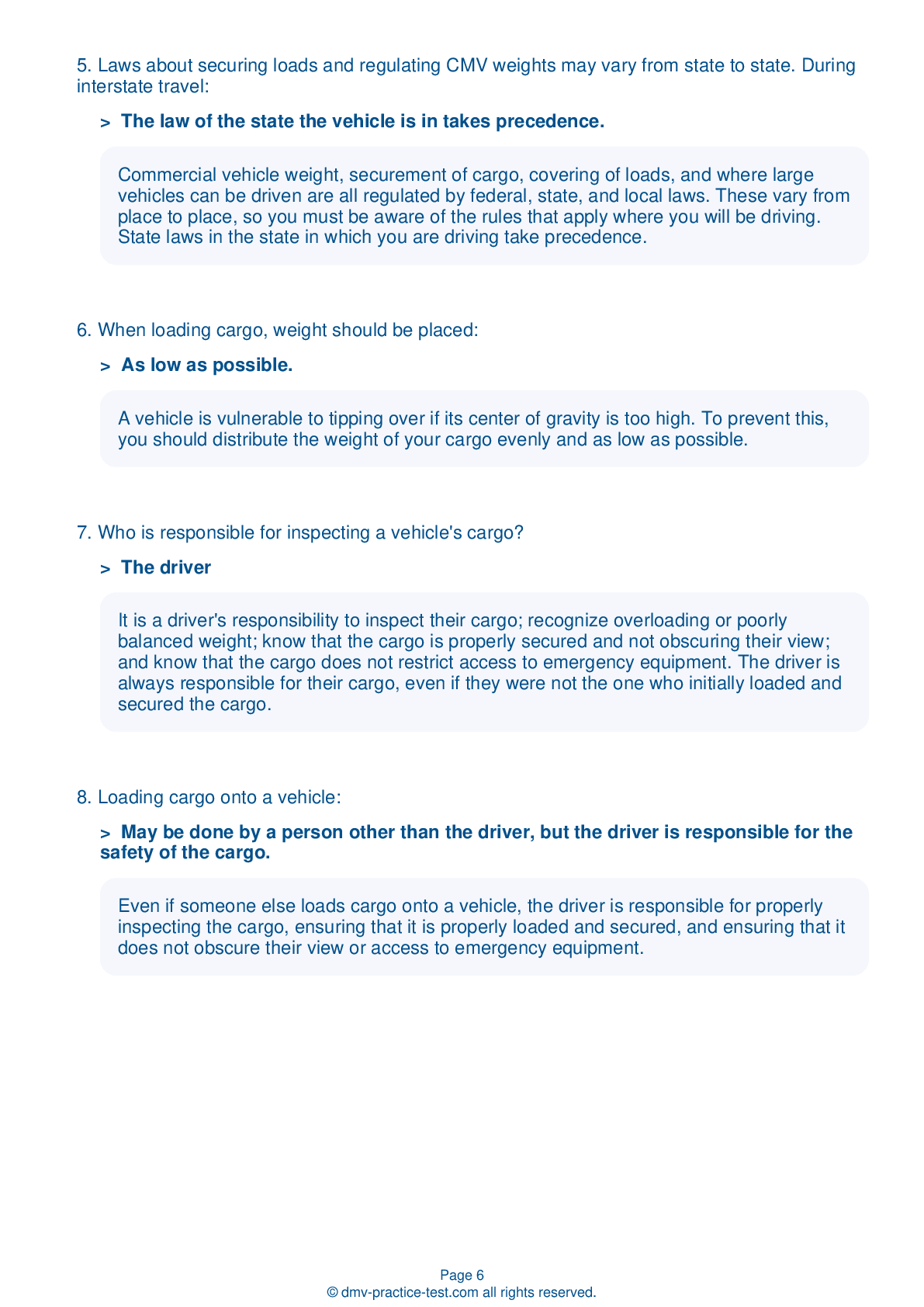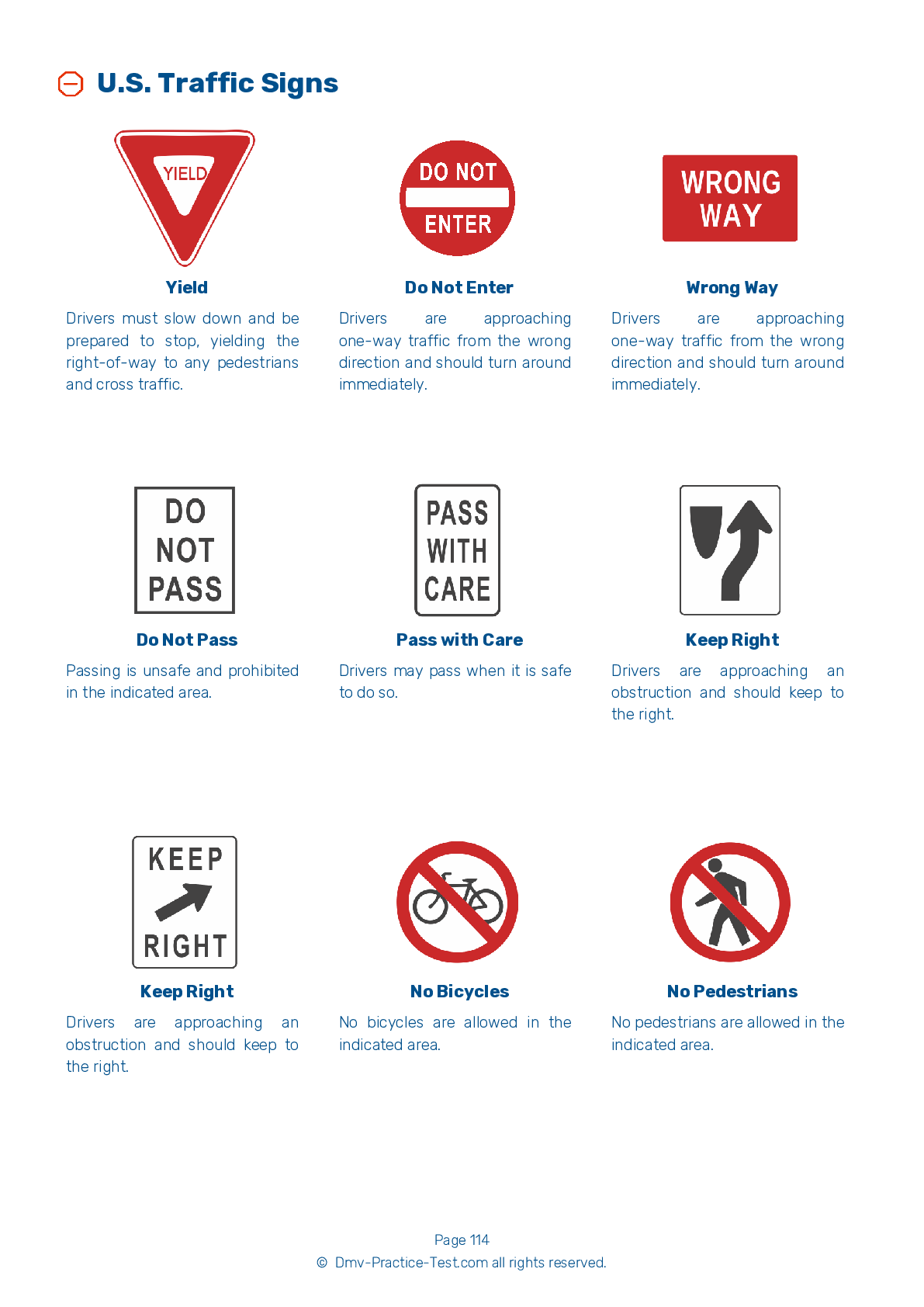Bus Driver Testing | North Dakota 2026 #1
Train for FREE online with our ND bus CDL test. The official exam test consists of several obligatory parts, with all of them checking your knowledge of different blocks of road rules. If you need to obtain a license in North Dakota in 2026, learn how to become a bus driver and then practice as much as possible. Free sample tests published on our website will help you check and improve your knowledge and boost your grades. Please bear in mind that DMV requirements for a bus driver may vary from state to state.
1 . Before driving a vehicle with air brakes, you should ensure that the spring brakes come on automatically when:
Before driving a vehicle with air brakes, you should ensure that the spring brakes come on automatically when air tank pressure falls to a level between 20 and 45 psi. You can do this by chocking the wheels and releasing air from the braking system by stepping on and off the brake pedal. Once the pressure drops to an unsafe level, the parking brake valve should pop out and spring brakes should come on.
2 . If the Anti-Lock Braking System (ABS) is malfunctioning:
An Anti-Lock Braking System (ABS) is in place as an addition to a braking system. It intervenes to prevent brakes from locking up during hard braking. If ABS is not working, the basic braking functions on a vehicle will still remain, so the driver can continue to drive and brake normally.
3 . Pre-trip inspections should be done:
Pre-trip inspections should be conducted in the same way every time. This will reinforce the steps, making it less likely that you will forget to inspect something important.
4 . Mirrors should be adjusted:
Mirrors should be checked prior to the beginning of a trip. On a vehicle with a trailer, mirror adjustment can only be checked accurately if the connected trailer is straight.
5 . When backing, a helper:
Backing up is always dangerous because you cannot see everything behind your vehicle. Whenever possible, use a helper who can monitor your blind spots.
6 . If you must drive a school bus during periods of high winds, you should:
You should slow down when driving a school bus in high winds. Keep a strong grip on the steering wheel and try to anticipate gusts.
7 . Pressing and releasing the brake pedal unnecessarily can:
On a vehicle with air brakes, pressing and releasing the brake pedal unnecessarily may let air out of the braking system faster than the compressor can replace it. This may cause the system's air pressure to become too low and the brakes to stop working.
See the exact questions that will be on the 2026 North Dakota DMV exam.
99.2% of people who use the cheat sheet pass the FIRST TIME
Lillian MCcranie explains how our CDL study guide was helpful in passing the exam and recommends it to everyone.
Cameron tells us how he purchased the CDL exam, and found it to be a useful tool which helped him pass the exam and find a job.



